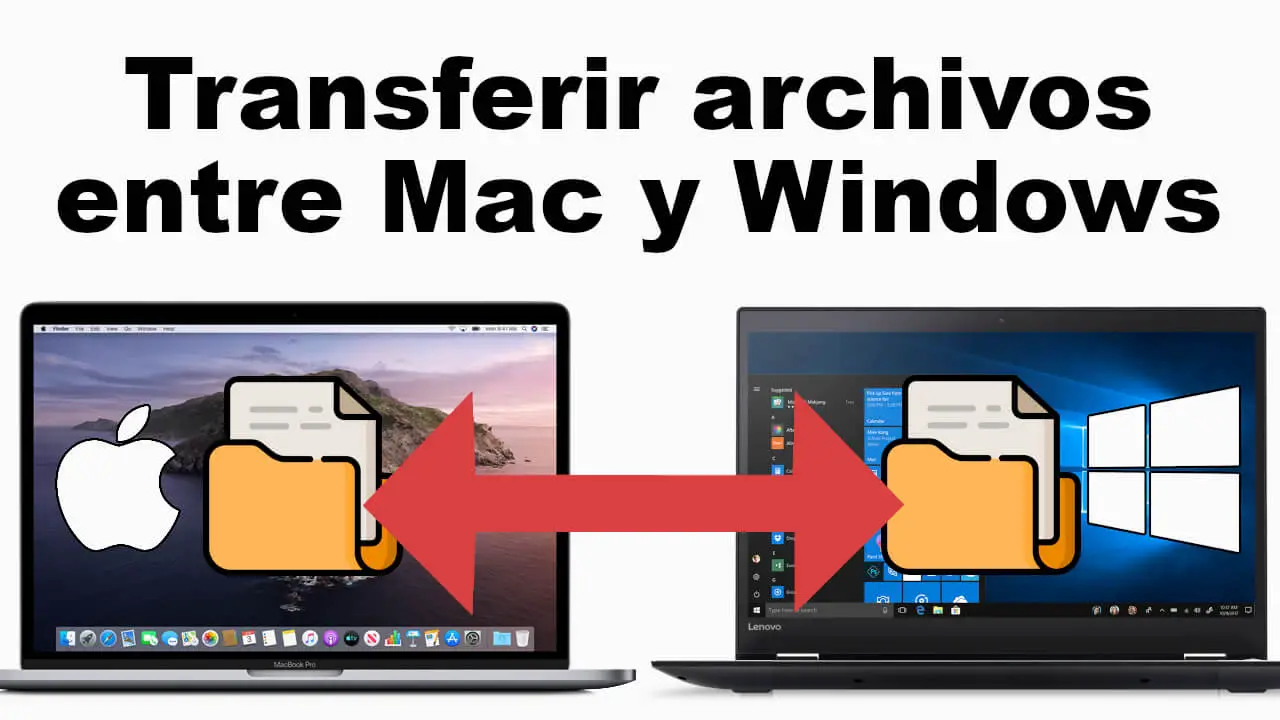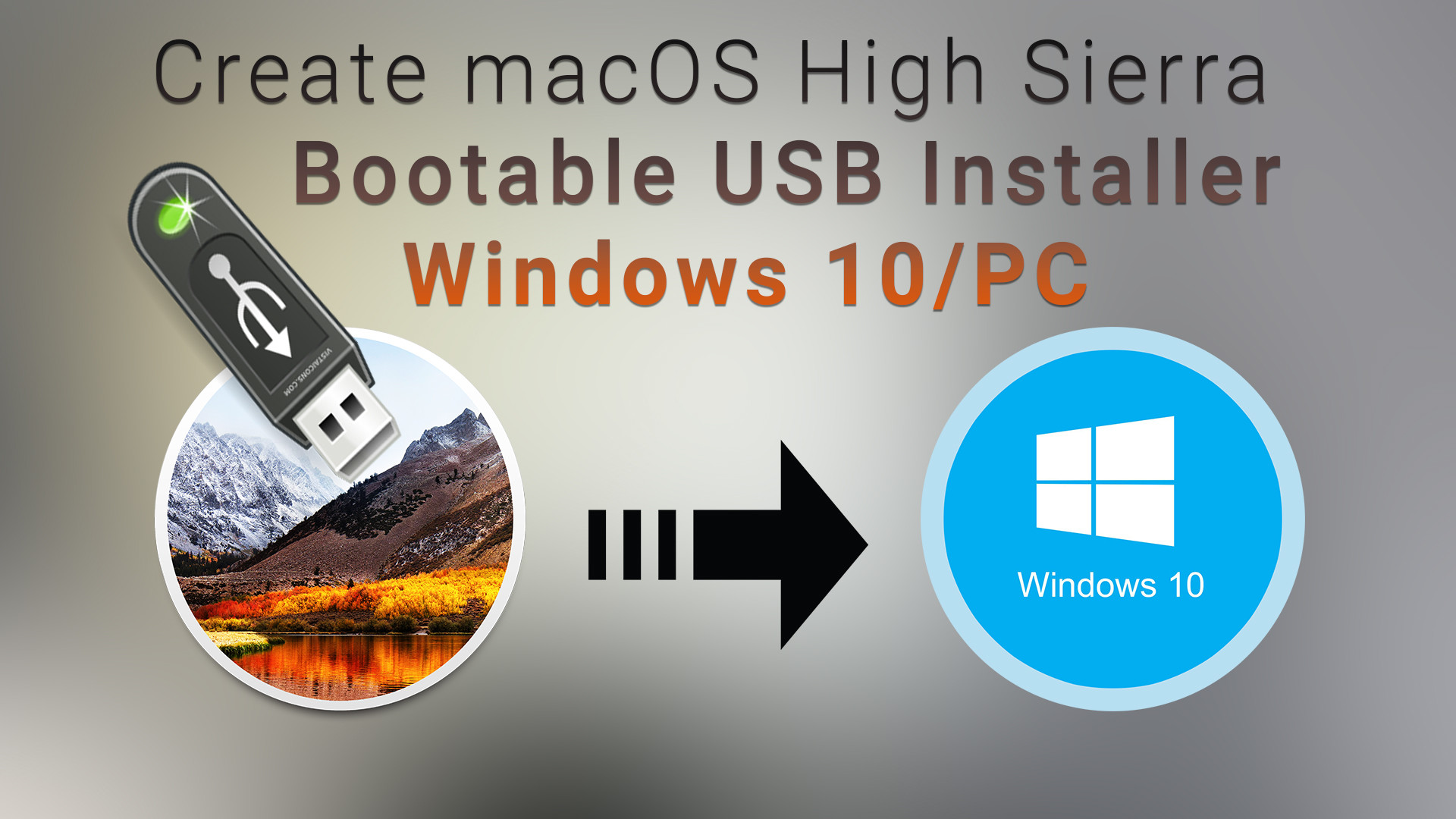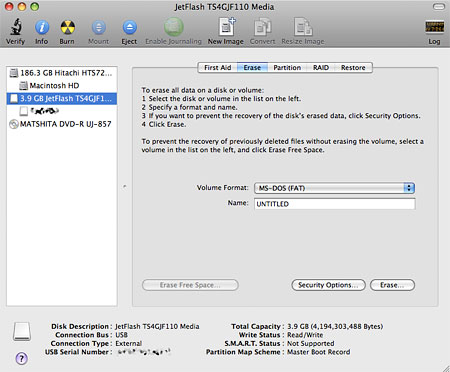
- Usb showing different files for mac and windows portable#
- Usb showing different files for mac and windows software#
- Usb showing different files for mac and windows windows#
However, with today’s large file sizes of uncompressed and high-def video, many users are faced with that very challenge. The large disk sizes of today were only theoretical in those days, so it probably seemed ridiculous to the engineers that anyone would ever need a file larger than 4 GB.

File and Volume Size LimitsįAT32 was developed many years ago, and was based on older FAT filesystems meant for DOS computers. This makes it strong candidate for being the file system of choice for most USB drives, so long as you can live with FAT32’s file size limits-which we’ll go over next.

The takeaway from this chart on portability is that FAT32 (having been around for so long) is supported on almost all devices.
Usb showing different files for mac and windows windows#
Windows and macOS both have downloads that can help them read unsupported formats, but we’re really focusing on native ability here. Keep in mind that this chart chose the native abilities of each OS to use these file systems. In order to better understand the best filesystem for your needs, take a look at this helpful chart. In addition to this, your home consoles (Xbox 360, Playstation 4) only provide limited support for certain filesystems, and only provide read access to the USB drives.
Usb showing different files for mac and windows software#
Moving files from one file system to another is a routine process for Linux-many modern distros natively support NFTS and HFS+ or can get support with a quick download of free software packages. Many distros of Linux (like Ubuntu) are prepared to deal with this file system problem. For the most part, Windows will not even recognize disks formatted with APFS or HFS+. For example, macOS can read-but not write to-disks formatted with NTFS. You might think that modern operating systems would natively support each other’s file system, but they largely do not. EXT 2, 3, & 4: The extended file system (EXT) was the first file system created specifically for the Linux kernel.exFAT: The extended File Allocation Table (exFAT) builds on FAT32 and offers a lightweight system without all the overhead of NTFS.FAT32: The File Allocation Table 32 (FAT32) was the standard Windows file system before NTFS.APFS was released with iOS 10.3 and macOS 10.13, and will become the mandatory file system for those operating systems. APFS: The proprietary Apple file system developed as a replacement for HFS+, with a focus on flash drives, SSDs, and encryption.HFS+: The Hierarchical File System (HFS+) is the file system modern macOS versions use by default.NTFS: The NT File System (NTFS) is the file system that modern Windows versions use by default.We’re going to take a look at these two factors as they relate to the most common file systems:
Usb showing different files for mac and windows portable#
Because of this variety, you need to format portable disks so that they can move easily between the different operating systems you expect to use.īut to make that decision, you need to understand the two major factors that can affect your file system choice: portability and file size limits. And if you carry files to friends houses or when you travel, you never know what type of system you may want those files on. Many businesses and households have multiple PCs of different types in their home-Windows, macOS, and Linux being the most common. When you format a disk, the file system you choose essentially governs which devices can read or write to the disk. Since these file systems are key to the operating system making sense of the data, an OS cannot read data off of a disk without support for the file system with which the disk is formatted. Since only binary data is actually written to disks, the file systems provide a way to translate the physical recordings on a disk to the format read by an OS.

RELATED: What Is a File System, and Why Are There So Many of Them? Understanding File System Problemsĭifferent file systems offer different ways of organizing data on a disk. So, let’s take a look at the major file systems and hopefully, you can figure out the best solution for formatting your USB drive. But it can be confusing understanding what devices and operating systems supports which file systems-especially when all you want to do is transfer some files or keep your collection readable by all the devices you use. The most common file systems are FAT32, exFAT, and NTFS on Windows, APFS and HFS+ on macOS, and EXT on Linux-though you may run into others on occasion.


 0 kommentar(er)
0 kommentar(er)
